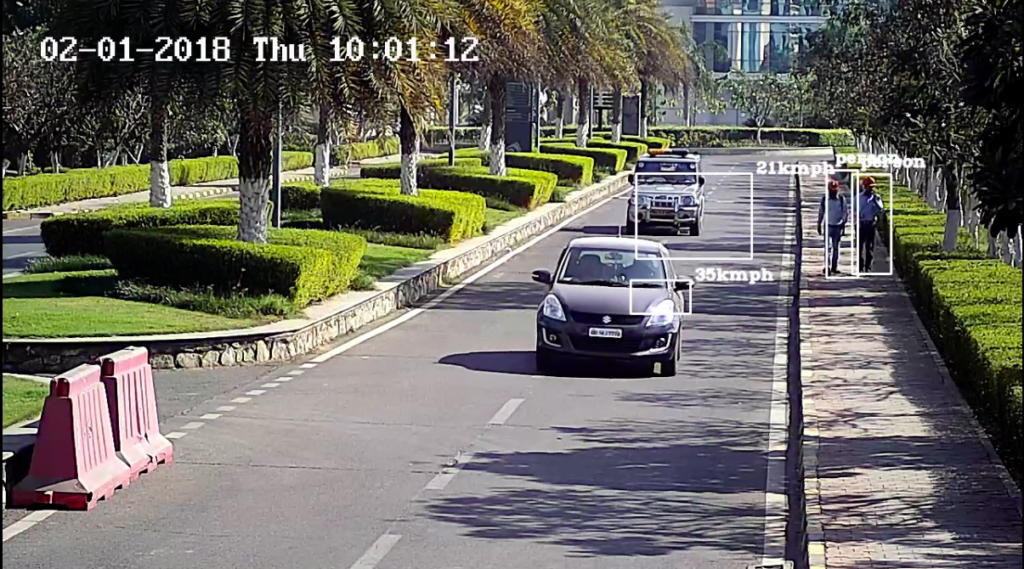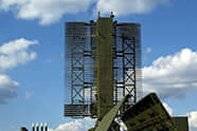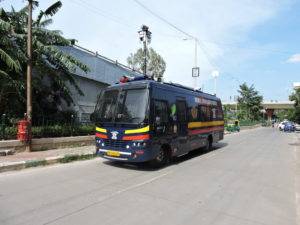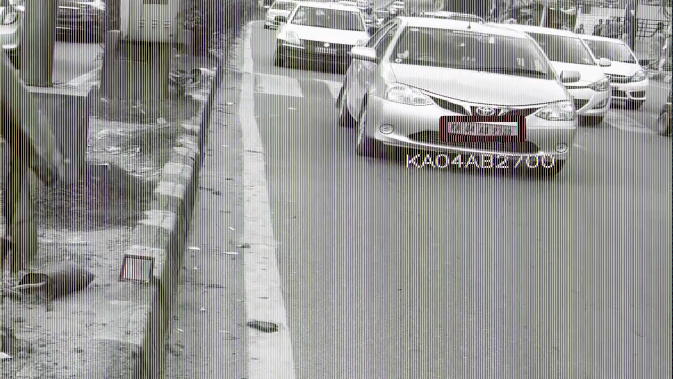Introduction
The increasing traffic density on city roads in India has led traffic planners to widen roads, construct flyovers, and build new roads; and, yet, there is no respite from congestion on the roads. Part of the blame for this lies with the bad conceptualisation of new flyovers and new roads, as well as with the fact that Indian roads tend to deteriorate (whether by design or as a consequence of the unique operational and environmental conditions in the country) faster than ones overseas.
However, a significant part of the blame lies with traffic management authorities, for sloppy traffic management and lax enforcement of traffic rules. The concern to Homeland Security authorities is that these issues tend to have an exaggerated effect during times of crisis: a disaster requiring evacuation of citizens or an incident requiring access by emergency response agencies.
This brief looks at the use of video surveillance hardware and software applications for addressing the planning and enforcement lacunae in traffic management, in Indian cities.
Intelligent Transportation Systems (ITS)
Intelligent Transportation Systems refers to the use of technology (computing, communications, and sensors) to optimize the movement of vehicles over transport networks. This optimization covers areas as diverse as traffic signal control, automatic number plate recognition (ANPR), and on-line real-time traffic messaging.
With specific reference to the Indian experience, the main problems faced by traffic managers in many of the Indian cities are that of enforcement of traffic rules, and directing traffic through key junctions, in order to maximize flow. Addressing these problems requires the use of video surveillance technology and specialized software applications.
Enforcement
Many cities in India have already implemented a video surveillance system for traffic management. However, this has been done before recent developments in megapixel IP cameras and video analytics, so it would be pertinent to discuss the impact of these two developments and their implications for enforcement of traffic rules.
Megapixel IP cameras
Most of the existing traffic management video surveillance systems have been implemented using CCTVs (analogue cameras). In the past couple of years IP camera sales have taken, as a result of which prices of these cameras have fallen, which is turn has fuelled higher sales and rapid technological innovation.Three technological innovations, previously unavailable or prohibitively expensive, make the task of capturing moving traffic violations easier:
High/Wide Dynamic Range
Custom-built high/wide dynamic range sensors allow the capture of good-quality images even under high-contrast or adverse lighting conditions. This is discussed in detail in another Tech. Brief in this month’s edition of Homeland Security Tech. Briefs.
Global Shutter support
Traditionally, CCD cameras featured global shutters while CMOS cameras (most IP cameras are CMOS cameras) featured rolling shutters.In a rolling shutter, the different portions of the image frame are exposed at different times. Although there is no physical shutter, the image sensor is instructed to become light sensitive in different areas, at different points in time. In a global shutter, the entire frame is exposed at the same time. Once again, there is no physical shutter: at the start of exposure, the entire sensor starts gathering light, and at the end of the exposure period reads out the contents of its array of pixels.Rolling shutters are less expensive to implement, but suffer from the visual artefacts of skew, wobble, and partial exposure, for fast moving objects. The visual below compares the outputs of the same image, captured by a low-speed camera, a high-speed camera with a rolling shutter, and a high-speed camera with a global shutter.
 |
|
Automatic Number Plate Recognition (ANPR)
In many existing video surveillance implementations for traffic management, in India, a control centre staffed with monitoring personnel manually scan the output from the surveillance cameras to spot infractions and identify the vehicle. Automating this activity, using an Automatic Number Plate Recognition (ANPR) system, will result in a much larger identification of traffic rule violations, within a shorter time-frame, and without having to increase number of monitoring personnel. The schematic below provides a typical system architecture of an ANPR implementation.
 |
|
Traffic Management
Instead of depending on constant monitoring of video surveillance footage, to identify the bottlenecks and accident-prone spots in a city’s road network; installing a video processing system to carry out the analysis of traffic flow and arrive at useful information from the video data, is more efficient. Although there are several such traffic planning tools available in the market, most of them are unable to handle the variety of vehicle forms that exist in India.
A typical traffic analysis package will deliver to traffic management authorities the following information:
- Vehicle detection and classification
- Velocities of each detected vehicle
- Time taken for traffic to clear up at a junction
- Flow statistics
- Vehicle trajectory logs
 |
| Figure 3: A video processing system to aid traffic planning |
The figure below provides a screen-shot of a traffic analysis package in action.
Conclusion
The selective use of key technologies can assist traffic management authorities, in India, ease traffic congestion and traffic gridlocks without having to plan for fresh investments in the transportation infrastructure. A summary of the key technologies described above are:
- A network of megapixel IP cameras: with a WDR sensor or support for global shutter
- ANPR at major junctions
- Traffic analysis software at the control centre
The rationale for such an investment, as opposed to a network of off-the-shelf CCTV cameras manually monitored, will need to be justified in terms of the RoI (Return-of-Investment), calculated on the basis of the increase in traffic violation fines.





